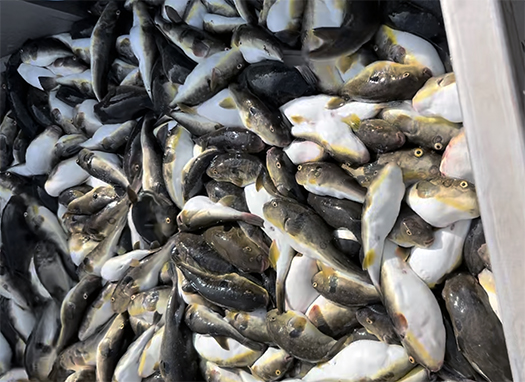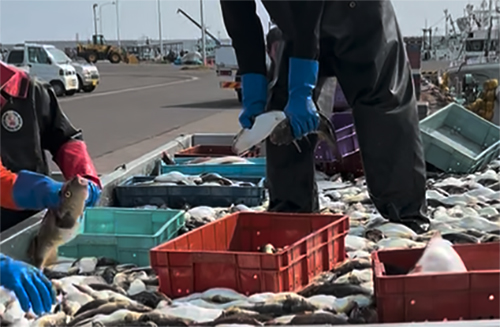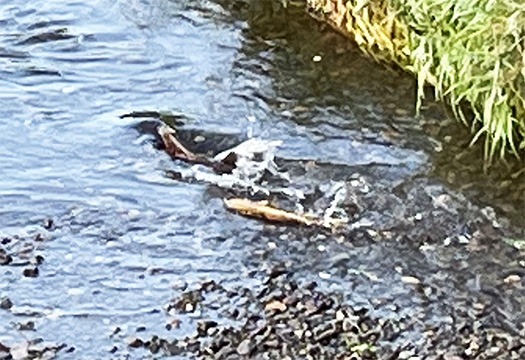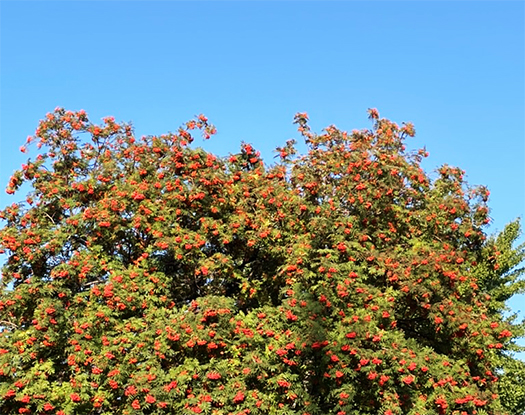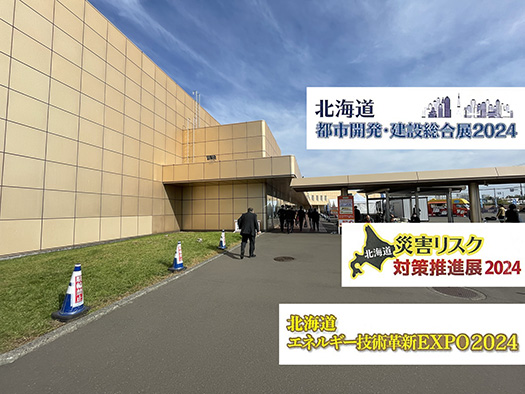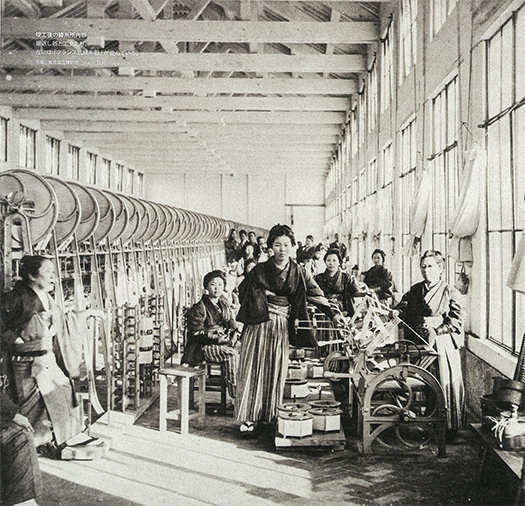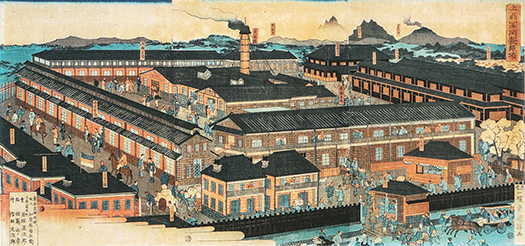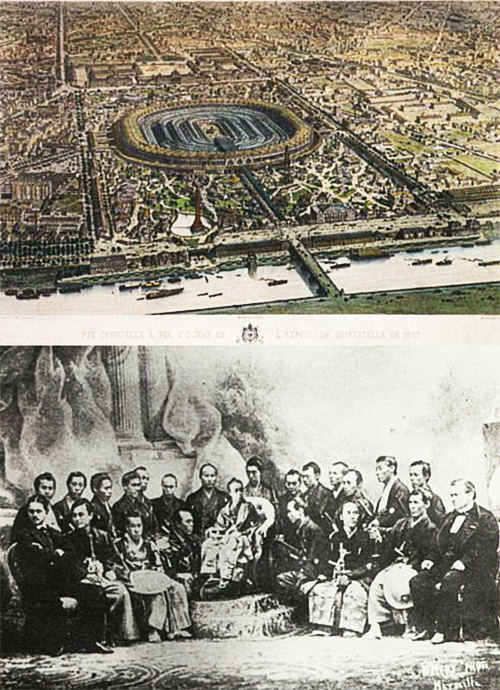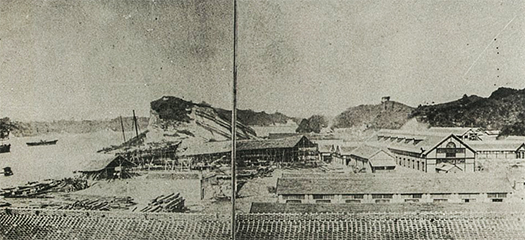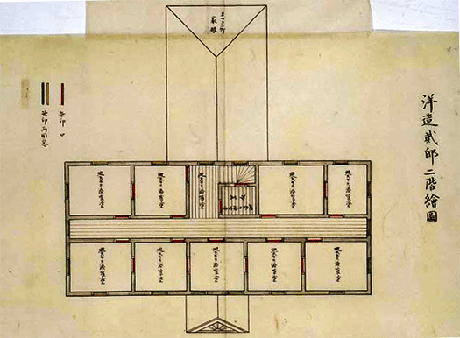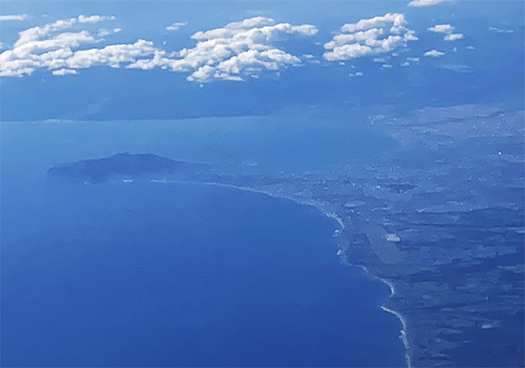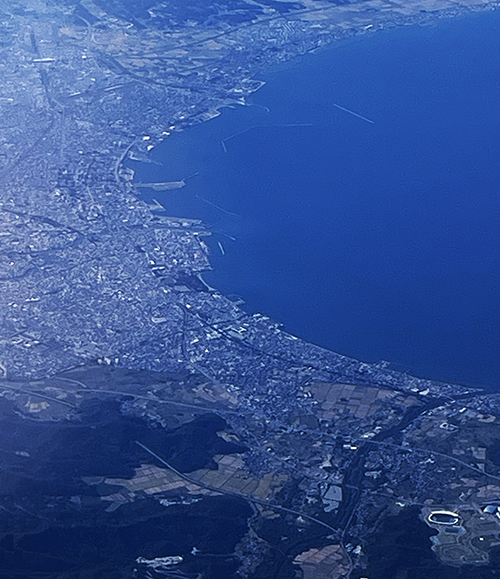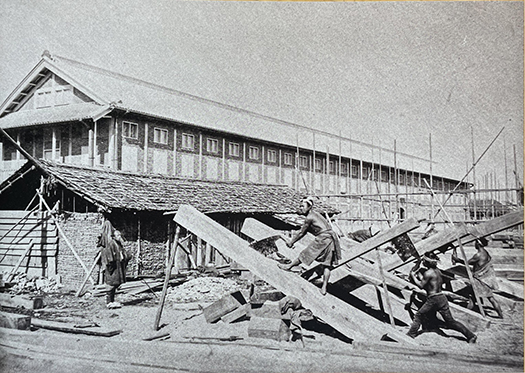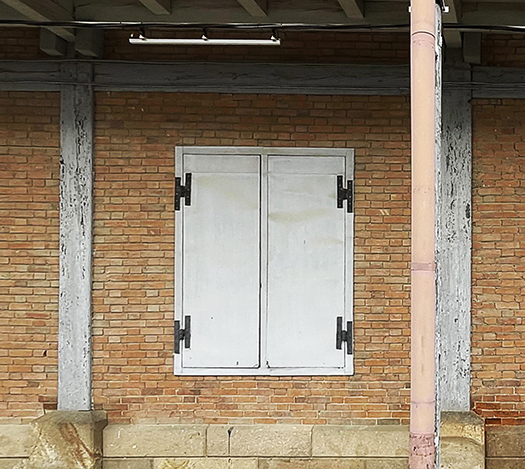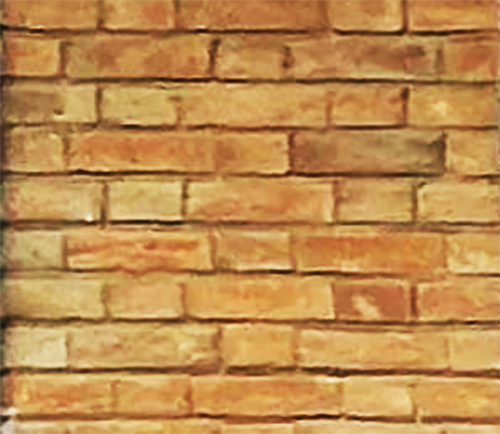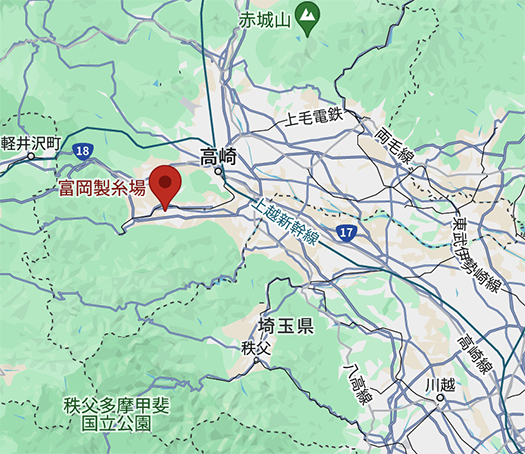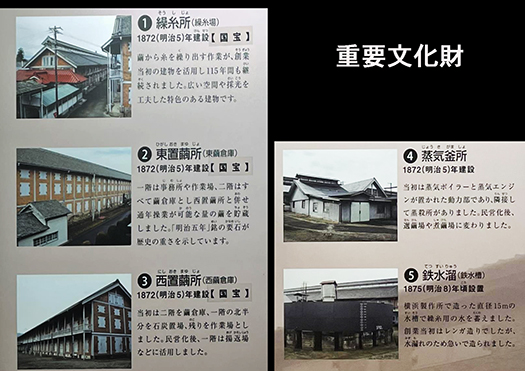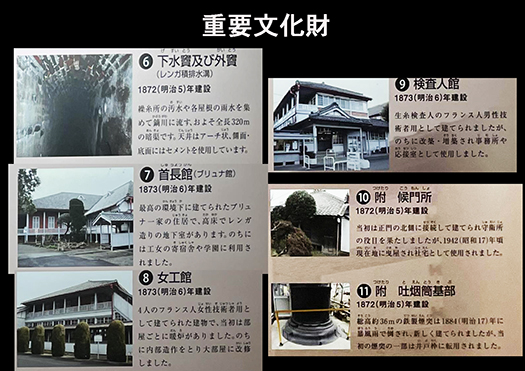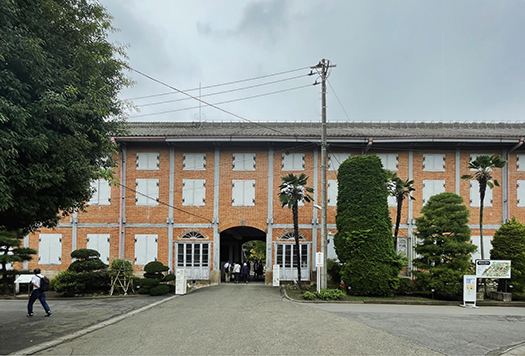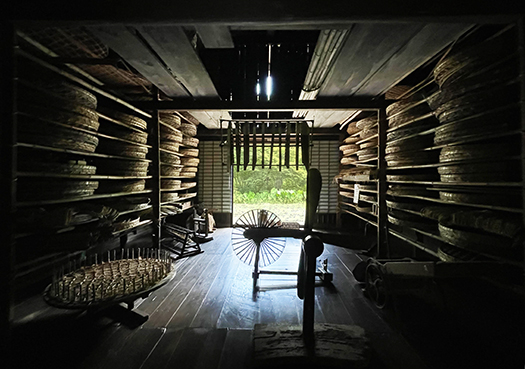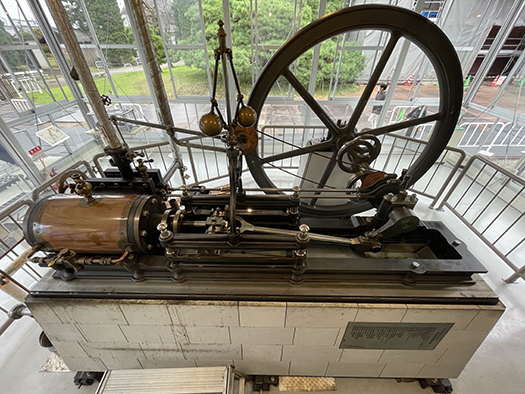きのうは北海道の秋の風物詩のようにナナカマドの紅葉とサケの遡上をご報告しましたが、北海道オホーツク海側の雄武町に地縁のある友人から「これがいまの海の様子だぞ」という報告を受け取った。
「おお、元気でいるか?」
「ああ、オマエのスマホにオレが撮影した動画を送った」
「おお、どうしたのよ?」
「7−8日と雄武に行ってきたときの漁の様子なんだわ」「ほえ〜、ありがと」
「それがな、今年のオホーツクの海じゃ、フグばっかりで肝心のサケは激減なんだわ」
ということで、その動画をチェックすると、たぶん10/8早朝と思われるオホーツク海での「底引き網」漁の水揚げの様子が映されていた。魚種によって仕分けされていく様子のようだけれど、生々しい海の男達の会話もゲンナリ感が強い。
見てみると、上の写真のような魚種。まぁちょっと注視すればこれがフグの大漁だとわかる。まぁシロウト考えではフグは高級魚とされるし、ウマいのだからと思ったりもするけれど、そもそも北の海、オホーツクの漁業基地にとって、この時期に遠く下関あたり名産のフグが大漁になっても、捌きようがない。やむなく消費地に近い九州にまで冷凍して送ることになる。当然、イキは落ちるので値段は下落する。輸送コストも、時間もかかるけれど九州の水産関係業者に買いたたかれても送るしかない。そもそも漁業基地経済構造ではこの時期、サケ漁に特化するようになっているのだ。
その肝心のサケは昨年の半分。一昨年の1/4相当という不漁ぶり。
まぁ生々しい北の海の「現場報告」を送ってくれたのだ。わたしのサケ遡上報告と関連して、情報連絡してくれたのだろうか。いやはや、側聞はしていたけれど、日本近海の海水温の上昇による魚種の大変化ぶりは、抜き差しならないレベルに到達しているようだ。イカの不漁ぶりも恒常化している。自然界から、人間界に対して強烈なしっぺ返しが来ているように思われる。
こういう海洋の環境変化に対応して産業構造を対応させていくという手はあるだろうけれど、そのためには的確な投資も必要になってくるし、こういう海の変化が恒常的なのかどうかも判断がつきにくい。そもそも地方は人口減少問題が直撃していて、そういう地域経済の再構築には困難とリスクが発生してくる。なんともやりきれないが、絶望する前に必要な「対応」はしていかねばならない。
いまのニッポンを象徴するような漁業の危機。社会が存続し次の繁栄を見通していくために、いまの時代でわたしたちが出来ることを考えて行くしかないでしょうね、ふ〜〜む。
English version⬇
10/8 Sea of Okhotsk, bottom trawl nets catch large “puffer fish”…
Unimaginable rise in sea water temperature in the surrounding seas. Pufferfish, a south-sea fish, is pushing into the east coast of Hokkaido. Salmon catches are down by half compared to last year. Is this a warning to humans? …
Yesterday, I reported on the changing leaves of the nanakamado trees and the salmon run-up, as is typical of Hokkaido’s autumn season.
Oh, how are you?”
“Yeah, I sent you the video I took on your phone.
“Oh, what’s going on?”
It’s a video of the fishing I did in Yubu on the 7th and 8th.
I was in Okhotsk this year, and all I saw was puffer fish, and the number of salmon was very low.
So I checked out the video, which was probably taken early in the morning of October 8, and found a video of a “bottom trawl” fishery landing in the Sea of Okhotsk. It seems that the fish are being sorted according to species, and the vivid conversation between the men at sea is very unnerving.
The species of fish are as shown in the photo above. Well, if you look carefully, you can see that this is a big catch of puffer fish. However, the fishing base in the northern sea of Okhotsk has no way to handle a big catch of pufferfish, a specialty of the distant Shimonoseki area, at this time of the year. They have no choice but to send them frozen to Kyushu, which is closer to where they are consumed. Naturally, the fish is less fresh, so the price drops. Although transportation costs are high and time-consuming, there is no choice but to send the fish to Kyushu even if it is bought by fishery-related companies in Kyushu. The economic structure of the fishing base is such that it specializes in salmon fishing at this time of the year.
The salmon catch is half of last year’s. It is equivalent to 1/4 of the year before. The catch was half of last year’s and a quarter of the year before last.
The fishermen sent me a vivid “on-the-spot report” of the northern sea. I wonder if they contacted me with information related to my report on the salmon run. I had heard about it, but it seems that the huge change in fish species due to the rise in sea temperature in the seas around Japan has reached an unparalleled level. Squid catches have also been poor. It seems as if the natural world is coming down hard on the human world.
There may be a way to adapt the industrial structure to these changes in the marine environment, but this will require appropriate investment, and it is difficult to determine whether these changes in the ocean are permanent or not. In the first place, rural areas are directly hit by the problem of declining population, and such restructuring of the local economy will be fraught with difficulties and risks. It is a very difficult task, but we must take the necessary “measures” before despairing.
The crisis in the fishing industry is symbolic of today’s Japan. In order for the society to survive and to see the next prosperity, we have no choice but to think about what we can do in the current era.
Posted on 10月 12th, 2024 by 三木 奎吾
Filed under: おとこの料理&食 | No Comments »

